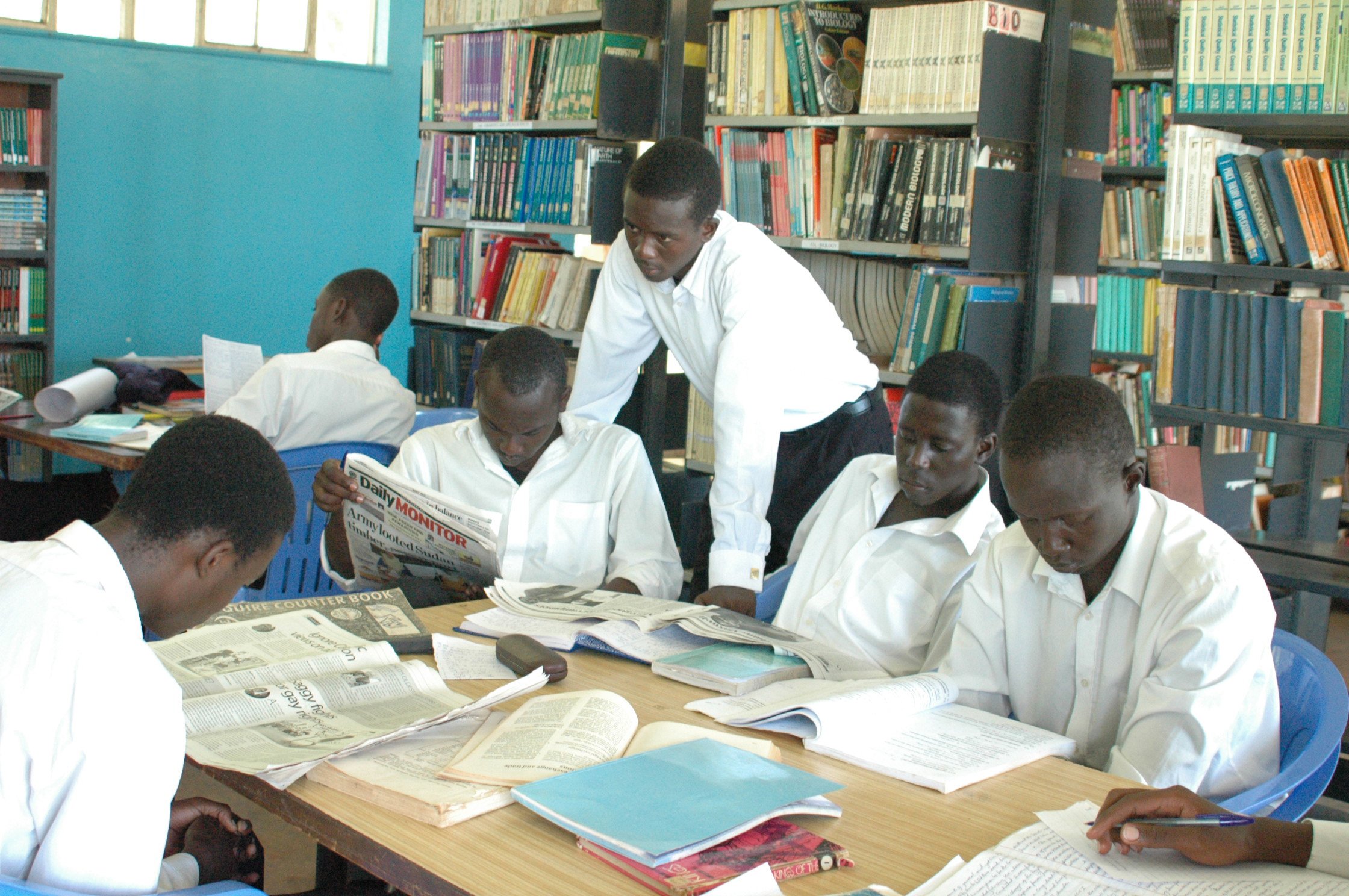Prime
Why school libraries are dying

What you need to know:
- Reviving a school library could help improve grades and comprehension in lower classes. Why are these facilities dying?
The International Federation of Library Associations (IFLA)’s consistent position is that access to information is essential in achieving the SDGs and that libraries are not only key partners for governments but are already contributing to progress towards the achievement of the 17 Goals.
The uneven distribution of libraries, absence of functional school libraries and unbalanced policy frameworks limit early literacy acquisition for children yet access to information is a fundamental human right that can break the cycle of poverty and support sustainable development and information is a key factor of production besides land, labour and capital.
Lack of space, funding
With the introduction of the Universal Primary Education (UPE) programme in Uganda in 1997 and USE, enrolment in many government schools tremendously increased calling for bigger spaces to construct libraries. Although some schools have this space, not many can house libraries that can accommodate such a large number of students.
Many libraries, therefore, turn out to be congested spaces while others only have dilapidated bookstores, others keep a box or cupboard in the head teachers’ office. In the villages, Francis Ekwaro, the President Uganda Library and Information Association (ULIA), remarks that the few schools that have a library have books with riddled pages and missing covers or just a pile of dirty torn papers that are often destroyed by termites and rats and the reading can only happen under a tree shade.
“There is no funding for the National Library of Uganda. It is housed in a rented premise with only salaries to pay the employees. People have to pay Shs20,000 per month for library services. The district libraries have also collapsed, abandoned and closed in dilapidated buildings. The new districts that are being opened up do not have libraries at all.”
Many schools in Uganda have a lack of understanding of what school libraries are capable of achieving. Many schools have learners who cannot comprehend questions meant for lower classes. The majority of Uganda’s population is below 15 years who need to be provided with avenues to enhance their literacy in the early stages of their development. One way to improve literacy is through providing contextually appropriate library services to promote the literacy of the children.
“The library is the only place in many communities where people can access information that would help improve their education, develop new skills, find jobs, build businesses, make informed agricultural and health decisions, and gain insights into environmental issues,” says Ekwaro. In many schools, parents have been paying a library fee which according to Ekwaro has been misused by the school administrators.
“Every year, parents pay library fees but the school proprietors misuse the money. They neither buy the books nor employ professional librarians. This is why we see most of the school libraries dying completely.”
No sharing, obsolete materials
Robert Kayiki, a librarian at Kampala Library & Information Centre, says some teachers keep the books to themselves and limit their use by learners because they fear that the children will mishandle them but to him, “this is proof that they are being utilised. What is important is for the children to access the reading materials.”
Some schools have old and obsolete books because school owners do not prioritise buying new and up-to-date books for the learners. Also, because schools do not employ professional librarians, thus pornographic material ends up in schools.
What has been done?
The right to education implies a right to access information. Libraries and other related information services are crucial in educational development because the information they hold is an essential tool with which to foster the learning process.
Having introduced UPE and USE in 1997 it was the government’s mandate to provide instructional material.
The Ugandan Government now spends about $18m on textbooks and more than $1m on supplementary reading materials a year. All government-aided primary schools under the UPE programme receive a per cent of the total UPE grant for buying scholastic and Library Review
Even with these initiatives, the education system in Uganda has been characterised by high levels of illiteracy, lack of good reading habits, poor academic performance, examination malpractice and poor teacher-to-student ratios.
Currently, the Ministry of Education and Sports ensures that necessary resources for learning are made available to Uganda primary schools through its policy on the provision of school textbooks. It provides core textbooks, teachers’ guides, and reference materials. However, according to Kayiki, there should be additional reading material for children for leisure to improve their comprehension.
Many government-aided primary and secondary schools have the provision for reading space which may not be the case for private schools. Many schools do not have the money to buy books. Even with the capitation grants, schools do not prioritise buying books.
According to the UPE guidelines, capitation grants to primary schools are spent as follows: 50 per cent on instructional materials for all subjects taught, 30 per cent on co-curricular activities, 15 per cent on school management and five per cent on administration. Although it provides for “instructional materials”, the provision for “library resources” is not defined.
The government of Uganda, in a bid to advance access to information and enhance the literacy levels among school-going children, introduced universal education with a 10 per cent of the textbook budget of the Ministry of Education to procure readers, school library policy, functional adult literacy programmes, the establishment of the National Library of Uganda and many more.
Even with such reforms, there is still a limited boost in enhancing literacy for children. There have been other interventions by other organisations to address reading and literacy problems among Ugandan school children.
National Book Trust of Uganda (NABOTU) in association with the Reading Association of Uganda (RAU) have set up reading tents and activities throughout the country. National Library of Uganda, Uganda Library and Information Science Association in Uganda have collaborated with organisations such as EIfL, Global libraries, Beyond Access, Good Steward Global Initiative, Children International in Uganda and Book Aid International to develop library services and improve literacy in Uganda (National Library of Uganda, 2017).
Other initiatives at individual and institutional levels have also been significant in literacy enhancement in Uganda. These include Uwezo, MangoTree, Maendeleo Foundation, Enjuba Spelling Bee, Bingwa Media Limited, and Uganda Children Writers & Illustrators Association (UCWIA).
The way out
Currently, there is no national school library policy in Uganda, and school libraries in Uganda have been neglected for a long. As a result, libraries are often lacking completely in many schools or are considered to be of an inadequate standard in the schools that do have them.
The School libraries policy was developed by LIS professionals and submitted to the Ministry of Education many years ago but has not been approved. The policy would mandate all schools to create libraries right from nursery school to university and should not be issued licenses short of this. It will force proprietors of schools to establish the libraries or else, they do not operate at all.
Whereas the government and parents have been the cost-sharing acquisition of reading materials and textbooks in many schools, there is a need to set up a school library fund to facilitate the acquisition of reading materials and textbooks.
Like physical education used to be on the school timetable, so should the reading time. Ekwaro calls upon schools to include reading time.




